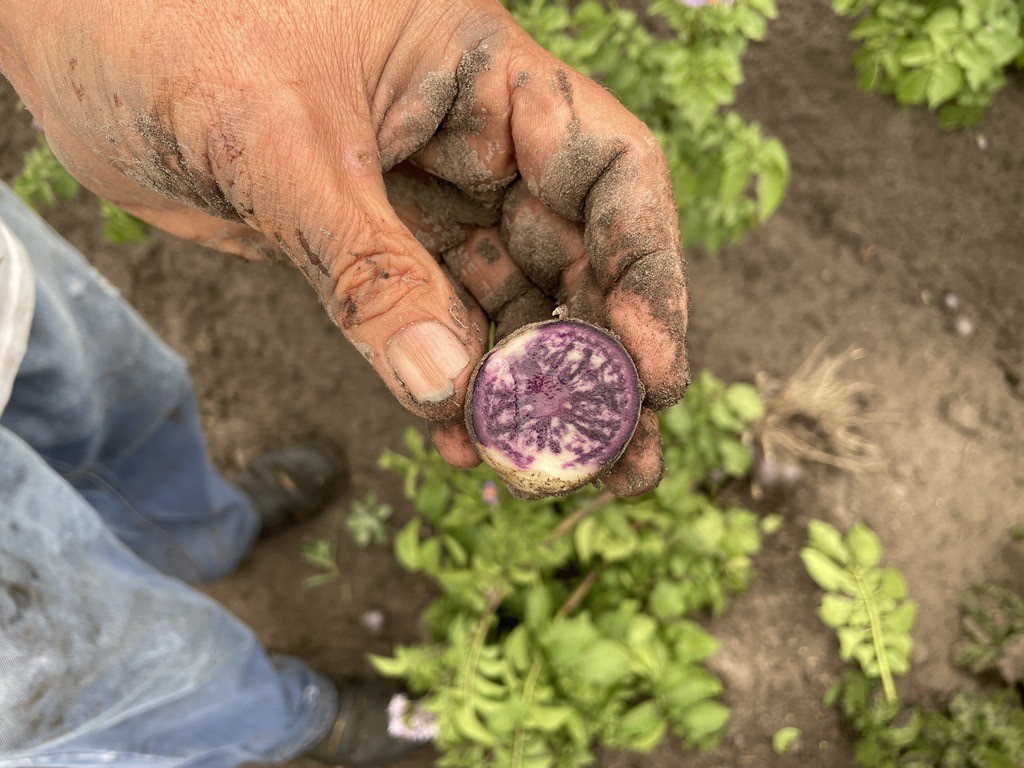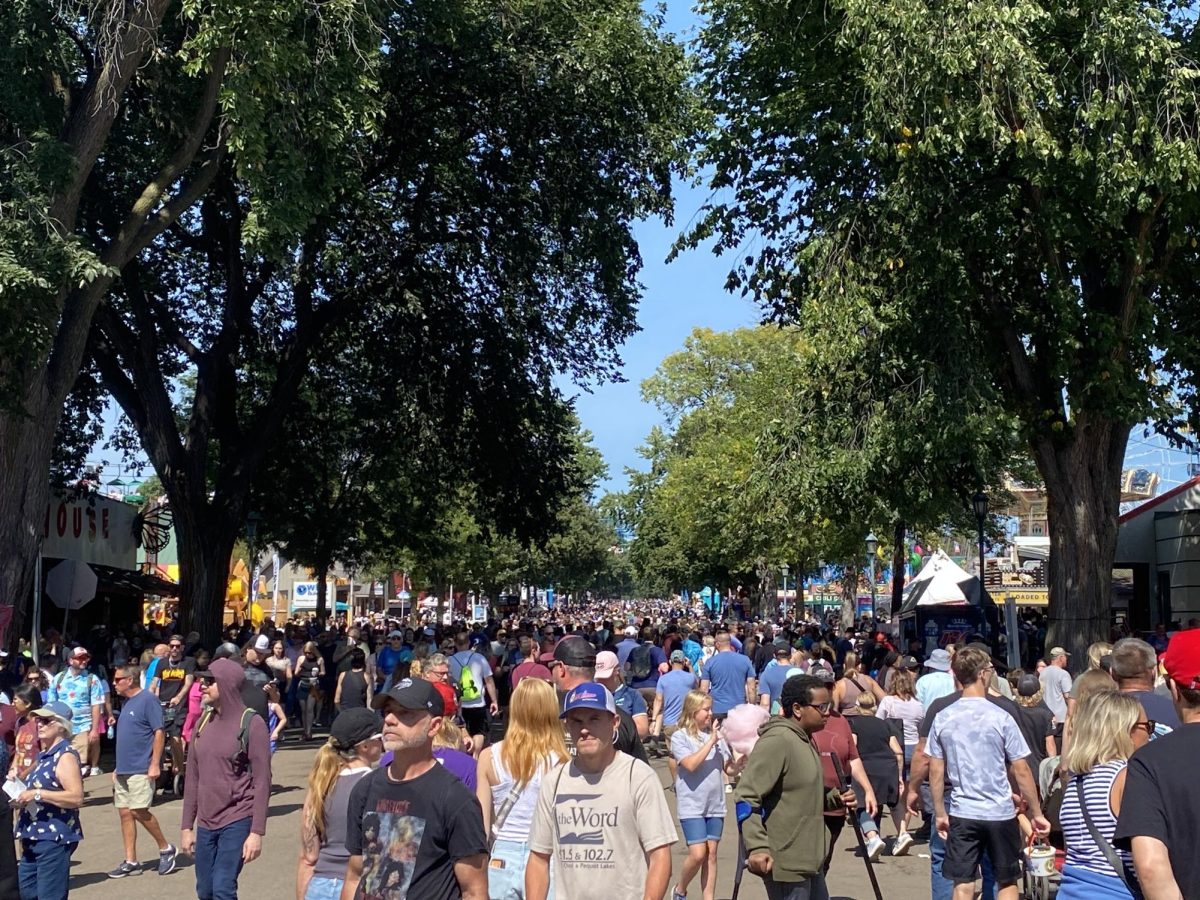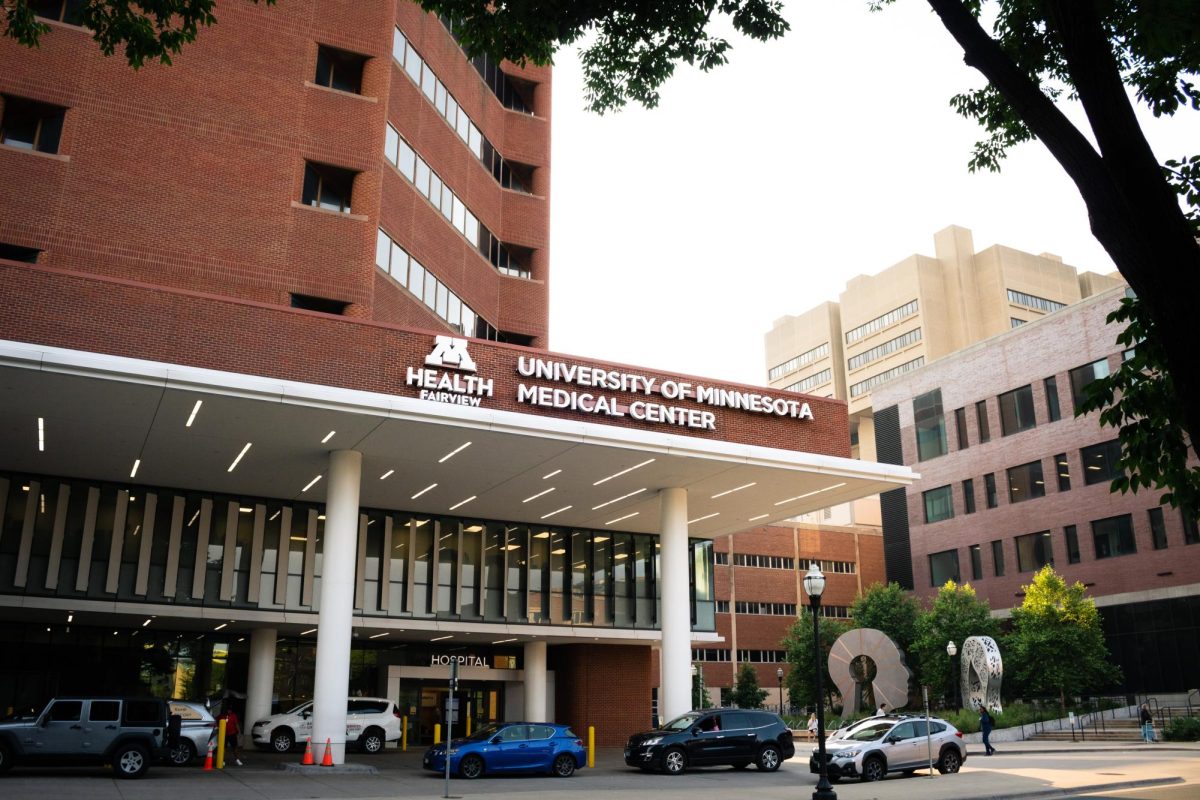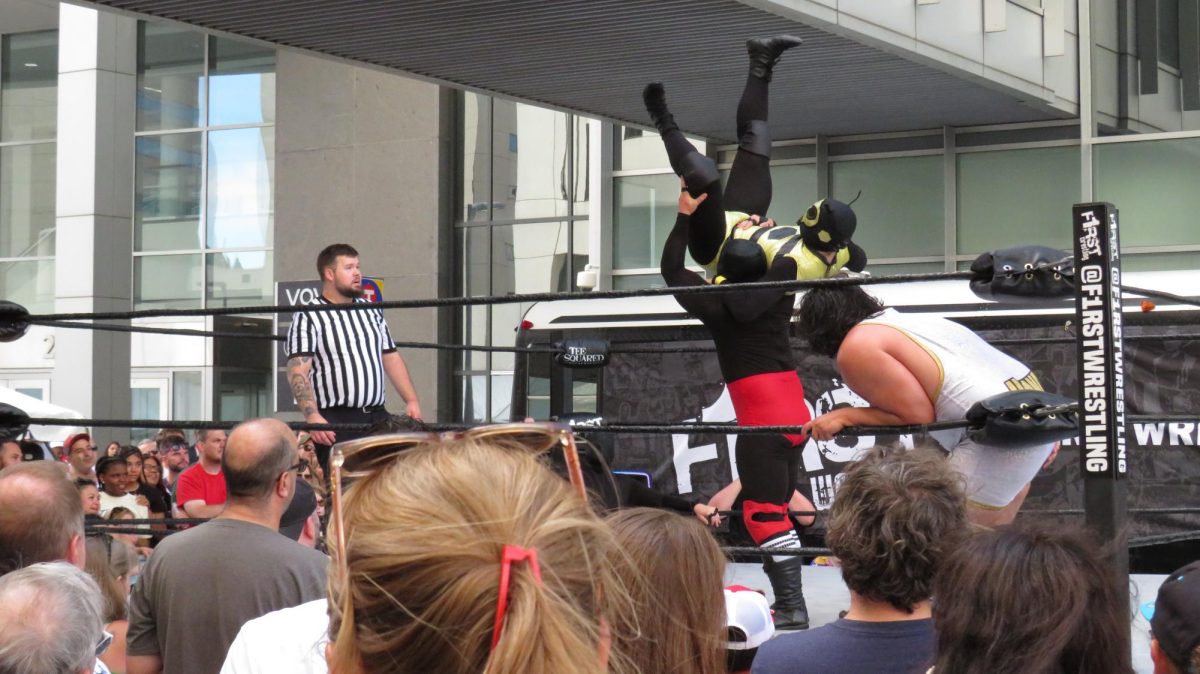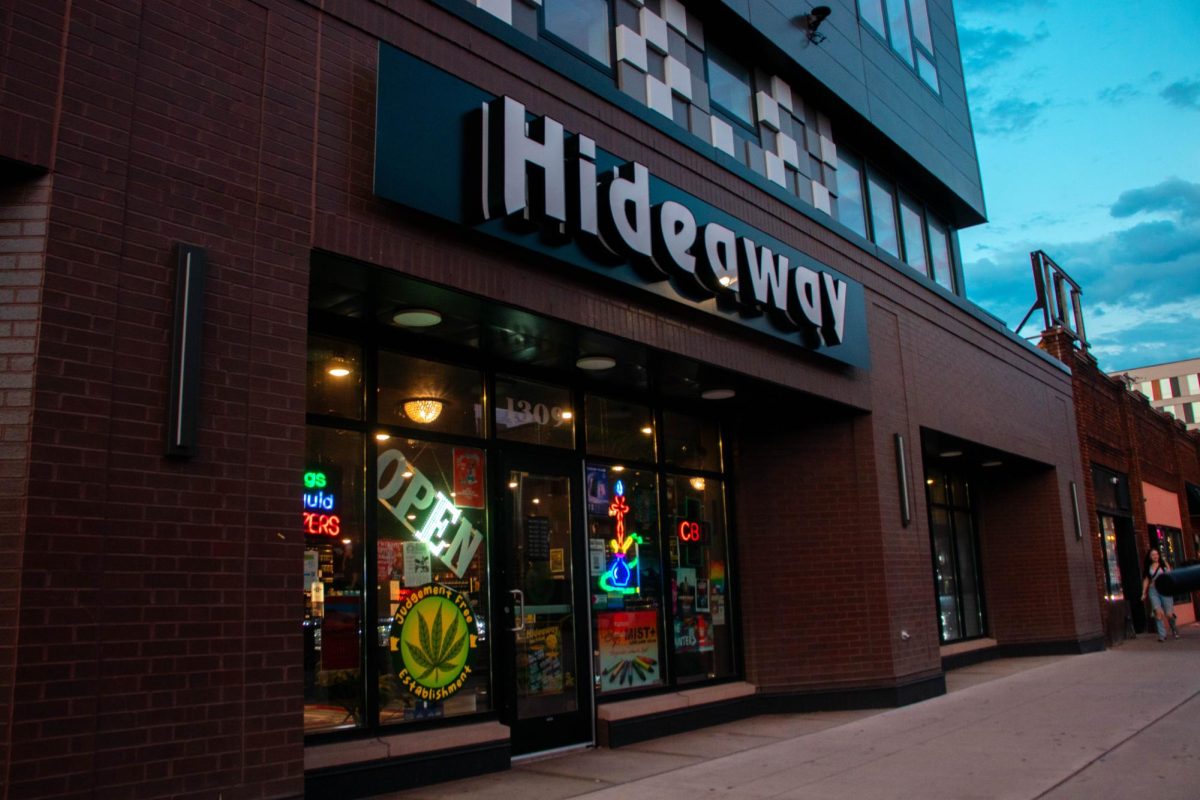When the Interstate 35W bridge collapsed in Minneapolis, media descended on the city, causing disruptions to the daily lives of area residents.
For a week after the collapse, local and national media outlets set up their trucks, vans and equipment on and around Eighth and University avenues Southeast. Crowds of people who came to see the collapse in person added to the bustle in this area.
Michael Walters, a recent University graduate who lives at that intersection, said he respected media workers, though they filled the parking lot behind his apartment for a week. He said the endless stream of people trying to get a glimpse of the site bothered him.
“One person actually asked on the night of the collapse if there was a way to get on the roof in order to get a better look,” he said.
Parking around the area is still a problem on the weekends since more people come to see the collapse site, Walters said, adding that police have helped keep area crowds to a minimum.
Holly Hoheisel, a recent kinesiology graduate who lives near the accident site, said the media’s presence annoyed her during the first few days of coverage.
Hoheisel said she expected to be interviewed by either the local or the national media about the collapse, but said she was glad she was not.
While the increase in pedestrian traffic was annoying, Hoheisel said she understands why people keep coming to catch a glimpse of the collapse site.
The amount of help from across the state and country has impressed her, and she has dealt well with the local police, Hoheisel said.
A few apartment buildings and residences have put up signs preventing media personnel and other people from parking in their lots. Reed Berentson, a mechanical engineering senior, said the area has been very chaotic.
When reporters arrived, they parked in his apartment building’s lot for the first two to three days before signs were put up to keep them out, Berentson said.
While the police directing traffic away from his building have been helpful, he said all the media stations were “very irritating.”
Chris Kellner, a Minneapolis Community and Technical College student and area resident, said the media attention was annoying and he found it awkward to have media trucks parked in the bike lane along University Avenue.
“The police said if I had a problem with the media, I would have to file a complaint with the city, but they are not going to care,” he said.
Since University Avenue is a well-traveled road, Kellner said, the extra traffic and media trucks in the bike lane made the intersection more dangerous. Kellner said he does not know why the police didn’t move the traffic from University Avenue to Second Avenue sooner.
The pedestrian traffic was constant from morning to night for the first week or so after the bridge collapse, he said.
“It was like living at the State Fair with all the people around,” Kellner said.
While the number of people coming to the site has decreased, the area’s residents still have to deal with the onlookers.
“Everyone will just have to wait this out,” Walters said.


